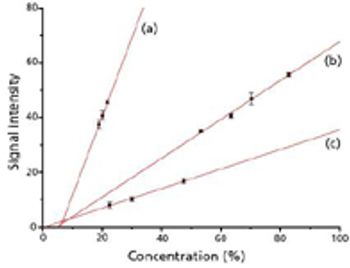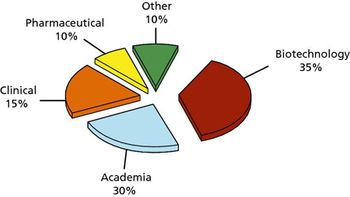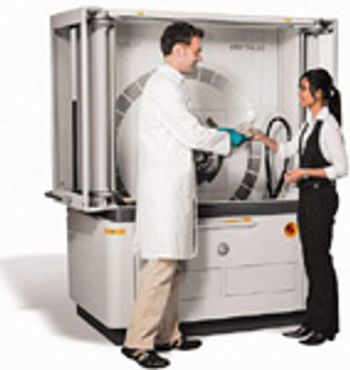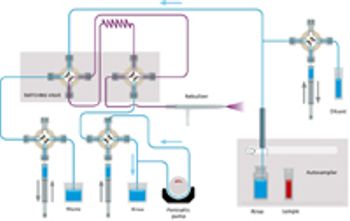
Spectroscopy
In a quantitative analysis by laser-induced breakdown spectroscopy (LIBS), the minimization of white noise is a very important problem. The LIBS measurement was carried out to derive an optimized measurement condition with minimum white noise at low pressure. The thinner the ambient gas becomes, the larger the size of the plasma sphere becomes. The growth of the plasma started at a gas pressure of 15.0 Torr, and the plasma was slightly distinguishable by the inner sphere and the outer sphere at a pressure of 900 mTorr. It was clearly distinguishable at a pressure of 600 mTorr, and the sphere size was about 20.0 mm at this pressure. The measurement of the plasma was taken at a 6.0-mm distance, in the direction of a plasma sphere, from a sample. This location belongs to the outer sphere region in the plasma. Four Nd and Cu mixed samples and five Sm and Cu mixed samples that had mutually different components were prepared in an arc melting furnace at 3000 ?C, starting with a homogeneously mixed powder form of..







